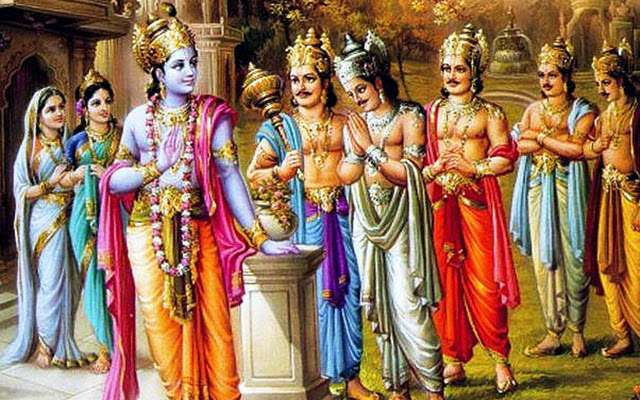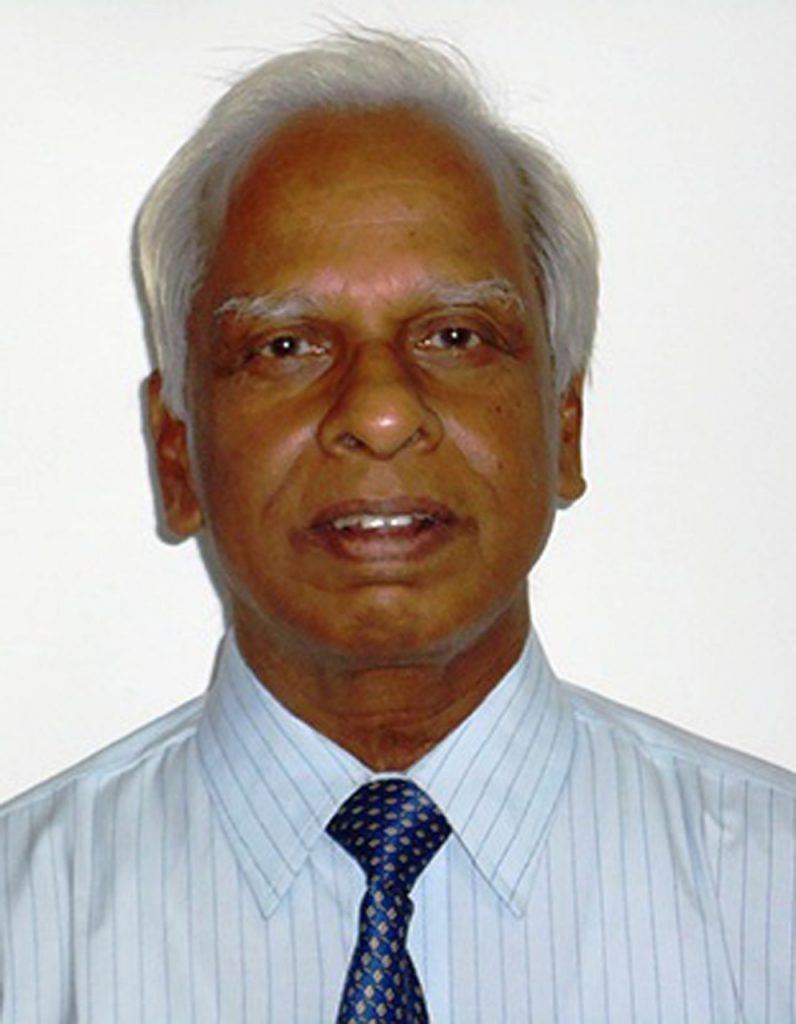(Stories from the periphery)
In “Sarala Mahabharata”, Yudhisthira married an Odia girl named Suhani late in life. It was not because he was overcome with passion for her, as Santanu was for Satyavati in “Vyasa Mahabharata”. The eldest Pandava had handed over the kingdom of Hastinapura to Parikshita, his grandson, and had left the place with his brothers and Draupadi for pilgrimage, and then vanaprastha.
One day they came to Dharmapura, near Jajpur, in Odisha on the bank of the sacred river Vaitarani. They were to spend a few days there. Many came to pay their respects to the Pandavas and Draupadi. One day, Hari Sahu, a vaishya by caste, came to them for the same purpose and with him was his daughter Suhani. Yudhisthira asked Hari Sahu why he hadn’t got his daughter married. Sahu told him that the girl was fated to die during the marriage ceremony on the marriage pandal itself, which was why he had not got her married.
With great humility and respect, he pleaded with the eldest Pandava to marry her. Then he would not mind, he told him, if she died after tying the knot with him. A relationship with the eldest Pandava, the very embodiment of virtue, would be a blessing not just for him, but for the vaishya community. The event would be part of the story of the entire community and the story would remain, long, long after everyone concerned with it had disappeared from the surface of the earth.
The eldest Pandava tried to reason with him. He was old and had already given up the life of a householder and was on his way to his vanaprastha. But Hari Sahu would not give up. Arjuna and Sahadeva intervened and told Yudhisthira that it would not be morally justified to reject the proposal. Yudhisthira relented but was extremely worried that the wedding would lead to the girl’s death. Arjuna told him not to worry; he had done some good to god Yama in the past and he would surely listen to his pleadings to allow the girl to live.
Came Dhaumya, the family priest, to Dharmapura and sage Vyasa came with many sages. The venerable priest was conducting the marriage ceremony when Kala and Vikala, the messengers of the god of death arrived. Arjuna could see them and as they were approaching the pandal, he shot a divine arrow at them and tied them up. Then came god Yama himself and with utmost humility Arjuna offered his prayers to him and pleaded with him to spare the girl. Yama was angry about what he had done to his messengers and he was in no mood to oblige Arjuna, who then tied him up and dispatched him to the distant Sumeru Mountains. The wedding was over. When Hari Sahu asked Yudhisthira how the impossible happened, Sahadeva told him everything. To cut a long story short, Hari Sahu requested Arjuna to free the god. The great Pandava obliged.
Sarala Mahabharata scholars have generally looked upon this story as the poet’s attempt to “localize” the Mahabharata narrative so that his audience related to it better. We would like to invite attention to something else with respect to this story.
The eldest Pandava, the son of Dharma and the embodiment of dharma on earth, married a girl who was a commoner and who belonged to a caste lower than his. And the marriage was conducted by the venerable family priest and was attended by the celebrated sage Vyasa and many revered sages. This hadn’t happened in the Pandava family before. Bhima had married a demoness. Arjuna had married a tribal woman and the tribals were outside of the caste system. But none of these women were commoners. And none of these marriages was conducted by priest Dhaumya and Vyasa and other sages were not there in any of these marriages.

Now, to the next story.
At Yudhisthira’s request, Krishna went to the Kaurava court to negotiate peace with King Duryodhana. But peace was not in Krishna’s mind, which the eldest Pandava did not know. Neither was peace in Shakuni’s mind. When Krishna reached the Kaurava court, he was humiliated. He was not offered a seat; Shakuni argued that he was of low upbringing and was a sinner, who had killed a woman and a bull in his childhood. As such, he was unworthy of sitting among the venerables in the royal court of Hastinapura. Krishna had to stand in front of the royal assembly for a long time before he was offered a seat. He returned the compliments by telling the court that Duryodhana’s dispensation was like Babarapuri, where values were topsy-turvy and that it would end the same way as did Babarapuri, namely that it would destroy itself.
The deliberations in the court that day were directionless and futile. Shakuni ensured that. The sun was going to set and the proceedings in the court came to an end for the day. Most politely and in all sincerity, Duryodhana invited Krishna to dine with him. Krishna told him that arrangements for his food had been made at Vidura’s place. Duryodhana was furious. He wasn’t anywhere as furious as he was now,even when Krishna told his court that a Babarapuri-like end was awaiting his dispensation.
Duryodhana’s anger was not because Krishna had declined his invitation. He was angry because Krishna was going to have food at the house of a low-caste person. The brahmin, Vyasa, was his father, he told Krishna, but his mother, Ambuvati, was a low caste woman. “You have an illustrious lineage; you are a Yadu”, he told Krishna, “how could you think of having food at the low caste Vidura’s place?” In anger and disgust, he left the court.
Along with many sages, Krishna went to the low caste Vidura’s place and they all had food there. They were greatly pleased with Vidura’s devotion-filled hospitality. The sages blessed him to attain Vaikuntha after leaving his mortal body.
Incidentally, people in Odisha have grown up with the story that Vidura offered Krishna the humble food of fried saga (green leaves) and rice. In this story, there were no sages with Krishna. He alone was his guest that night. I do not know who the author of this story is. In Sarala Mahabharata, Vidura did not suffer deprivation. He was a minister in the kingdom of Hastinapura. There is no evidence in this text that suggests even remotely that he chose to live in poverty despite his prosperity. In fact, he had offered Krishna and the sages both fruits and cooked food, such as pancakes of various kinds, khir, cheese, etc. in plenty. One from the upper castes in those days did not accept cooked food from a low caste person.
There is no mention of the food that Vidura offered Krishna in Krushna Singh’s “Mahabharata” (composed in Odia in the eighteenth century). There is no clear suggestion in this work, which claimed fidelity to Vyasa Mahabharata, that Vidura was poor.
There is a very popular bhajan in Odia by Bhikari Charan Bal which begins thus: bhakata bidura saga bhaja dei toshai parila mana (The devotee Vidura pleased (you, i.e., Krishna) with fried saga)”. There is a Vidura temple in the village Olasuni in Mahanga Police Station in Odisha where saga is offered to Vidura ritually.
The last story:
It’s a long and a bit complex story, so we cut it short and focus on only the bare essentials for our present purpose. In the Hidimbaka forest, Kunti was worshipping a Shiva Linga. When the time came for the Pandavas to leave that place and go to some other forest, there arose the problem of how the Linga would be worshipped once they left. There were no signs of human habitation around. At that time happened to be with them, sage Vyasa, the Creator God, Brahma, and Krishna. Vyasa asked Sahadeva to go and look for someone.
After much searching, Sahadeva found a forest dweller who was digging for wild roots and he brought him to the sage. He turned out to be of a low caste. Krishna right away asked him to worship the Shiva Linga with water and leaves. Yudhithira was aghast. The man was “bauri” by caste and he ate snail meat. Krishna said he was pure in heart and had the spirit of devotion. So he was sinless. The Creator god Brahmaasked Vyasa to put a sacred thread across his chest and back. There was no sacred thread in the forest. So Vyasa promptly put a creeper on his body in the manner of yajnaopavita and sprinkled holy water from the tirthas on him. He declared him a brahmin and gave him a new name: Kalindi.
Now, if, for years and years and years, the brahminsignoredSarala Mahabharata, must it surprise anyone? Things changed with Pandit Gopinatha Nandasharma in the early nineteenth century. He wrote “Sri Bharata Darpana”, which is a classic, not just in Sarala Mahabharata studies but in Odia literary criticism.
(The views expressed are the writer’s own)

Prof. B.N.Patnaik
Retd. Professor of Linguistics and English, IIT Kanpur
Email: [email protected]
(Images from the net)

